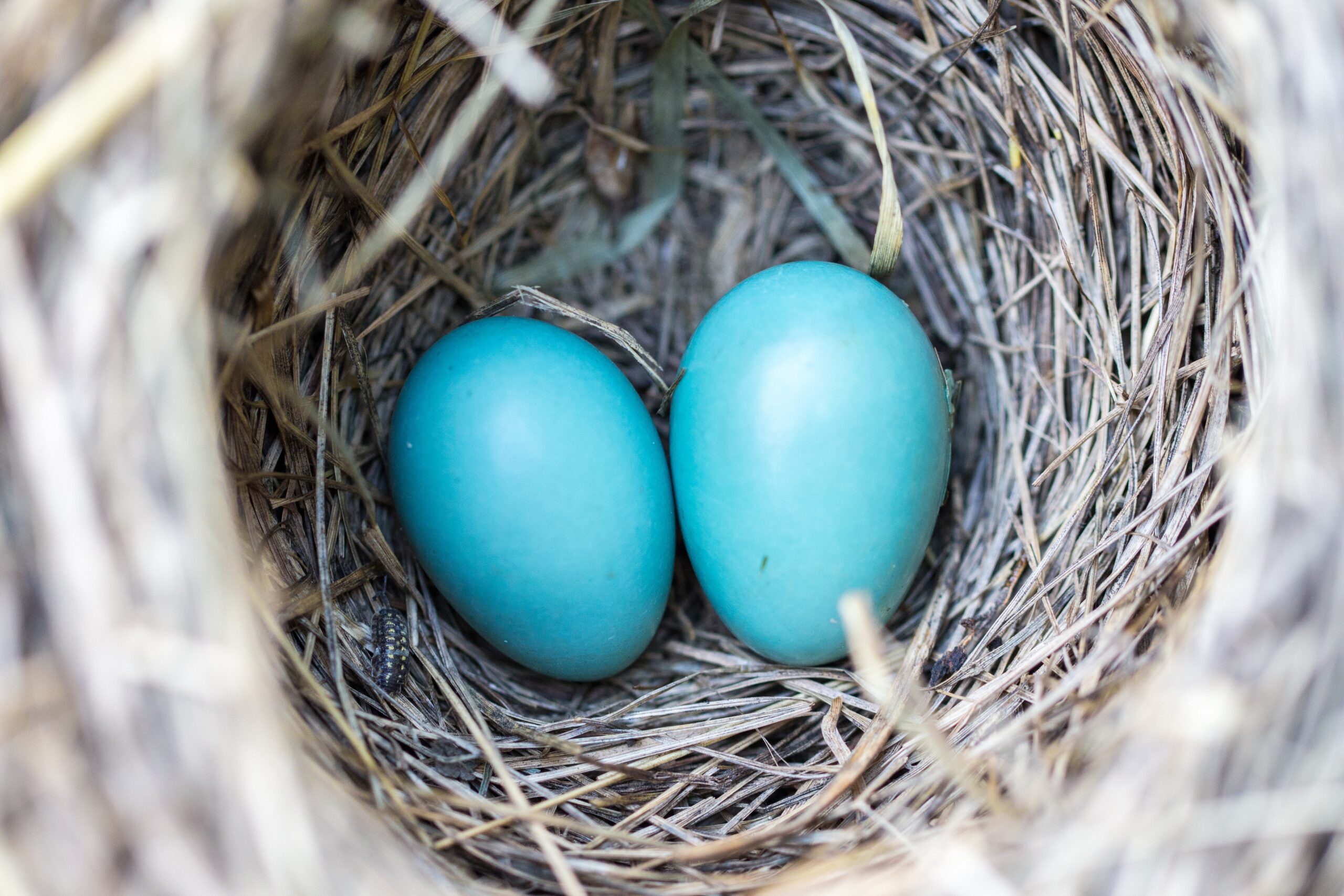-
The Thing with The Feathers: HOPE
What does it mean to live inside our hope instead of our fear? I’m going to go out on a limb here (surprise!) to suggest that just as worrying is a habit, HOPE can become a habit, too.
-
Talking toast, taking care, tiny wonderful things: RELATING
How you do anything is how you do everything. So maybe it’s no small thing, then, being polite to your breakfast! There are amazing things happening around and inside of us all the time, but we’re often monkeying around too much to notice them. Look up! Look around. Start right now.
-
The Bummers, the Muppets, And Changing the Tape: Self-Talk
Everyone has an inner critic. Some of us have a whole garage band full of them! It’s probably impossible to turn the inner critic off completely, but with practice, we can at least turn the volume down some and find our groove in peace.
-
New Habits: How to get started
I love New Year’s Resolutions! I love the feeling of a fresh start, an opportunity to set a 365-day goal to help me shine more brightly into the person I want to be and live into the life I want to have. We set all kinds of different goals, at this time of year and others, often revolving or relying on changing our behavior, ie: OUR HABITS. Goals and habits can be best friends—or sometimes, depending, mortal enemies. Friends is better. The more we can align our behaviors with our goals, the higher the likelihood is that we’ll reach them. When setting any kind of goal, it’s important to “set…



